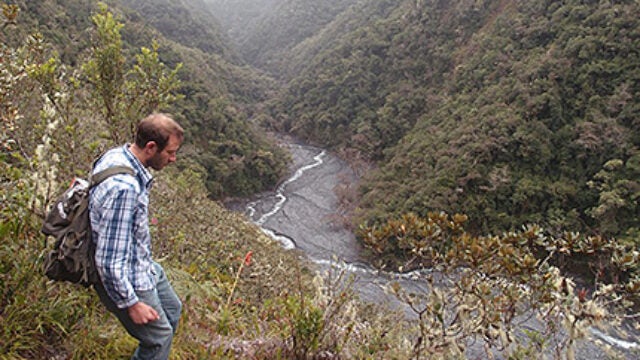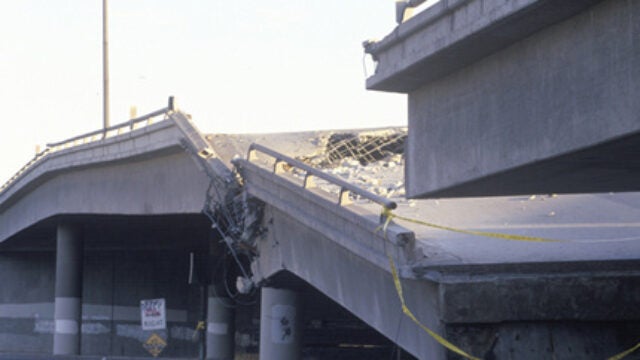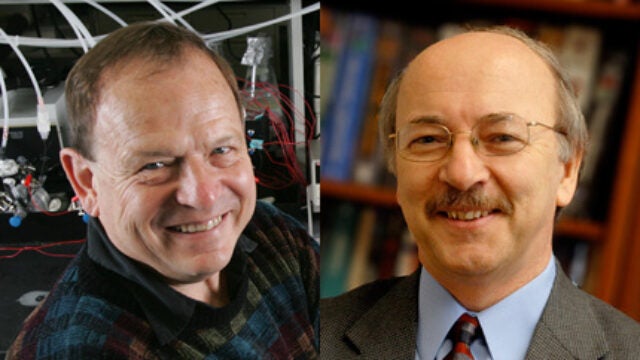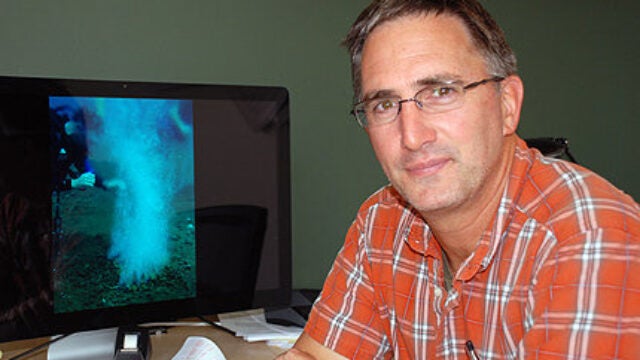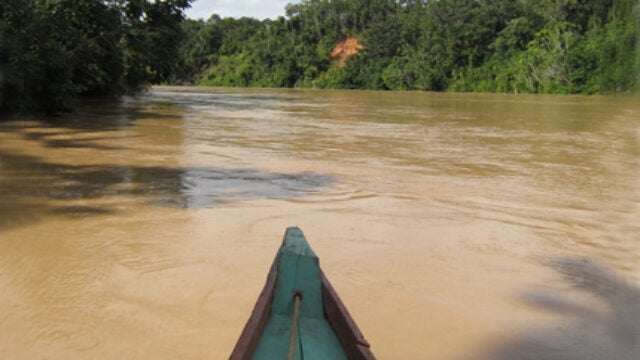In a recent study that appeared in Nature, USC Dornsife scientists explain why Earth remains capable of supporting life.
USC Dornsife News
Headquartered at USC Dornsife, the Southern California Earthquake Center has greatly improved the region’s seismographic network since the 1994 Northridge earthquake — 20 years ago today.
The Atlas Mountains in Morocco are buoyed up by superhot rock, a USC Dornsife study recently published in Geology finds.
Kenneth Nealson of earth sciences and Nicos Petasis of chemistry are chosen as fellows of the world’s largest general scientific society and publisher of the journal Science.
Winner of a Friedrich Wilhelm Bessel Research Award, USC Dornsife’s Thorsten Becker will continue research into the science — and sound — of earthquakes. His research seeks to help scientists understand where fault ruptures originate.
The symbiosis between two new bacteria strains discovered by USC Dornsife researchers is not creating widespread change in the ocean, but in localized zones fixed nitrogen is depleting faster than expected.
The $6.7 million research project led by USC Dornsife’s Jan Amend explores life below the Earth’s surface. The studies are connected to the search for life on Mars and elsewhere in the solar system.
Earth sciences brings USC Dornsife students to Morocco to research the tectonic and geologic history of the land and collect seismometers deployed throughout rural areas.
In a canoe, USC Dornsife’s Sarah Feakins and her team negotiated a river through the lush rainforest in Peru. The researchers studied the erosive processes that carry Andean sediments and organic carbon down toward the sea.
Contact USC Dornsife News
Media Inquiries
Contact Ileana Wachtel
